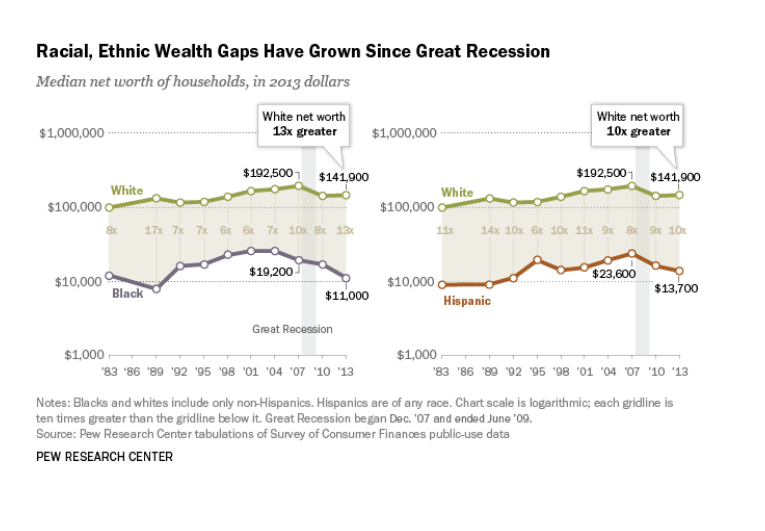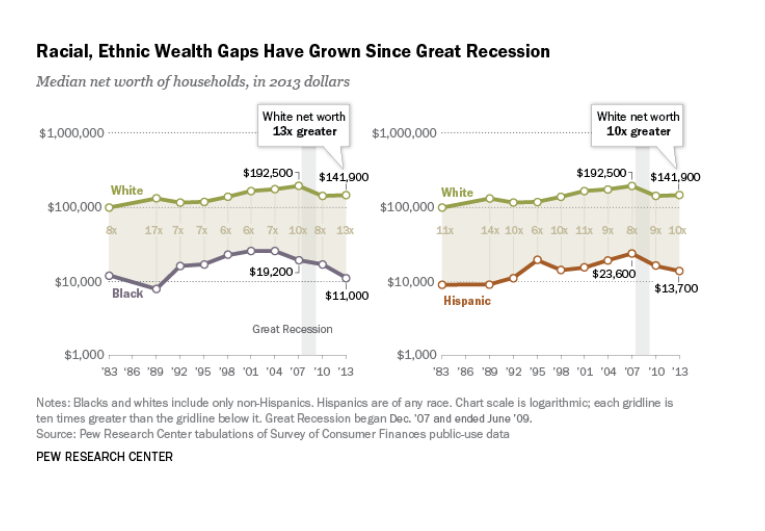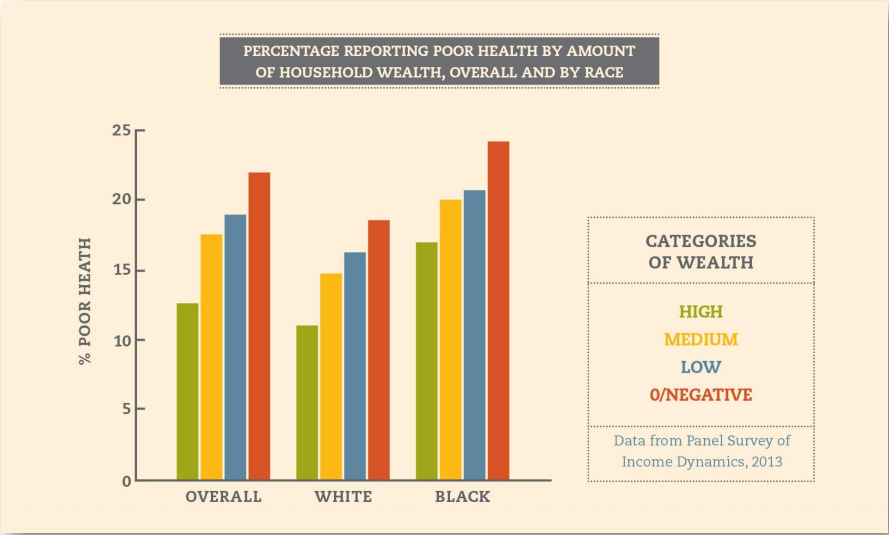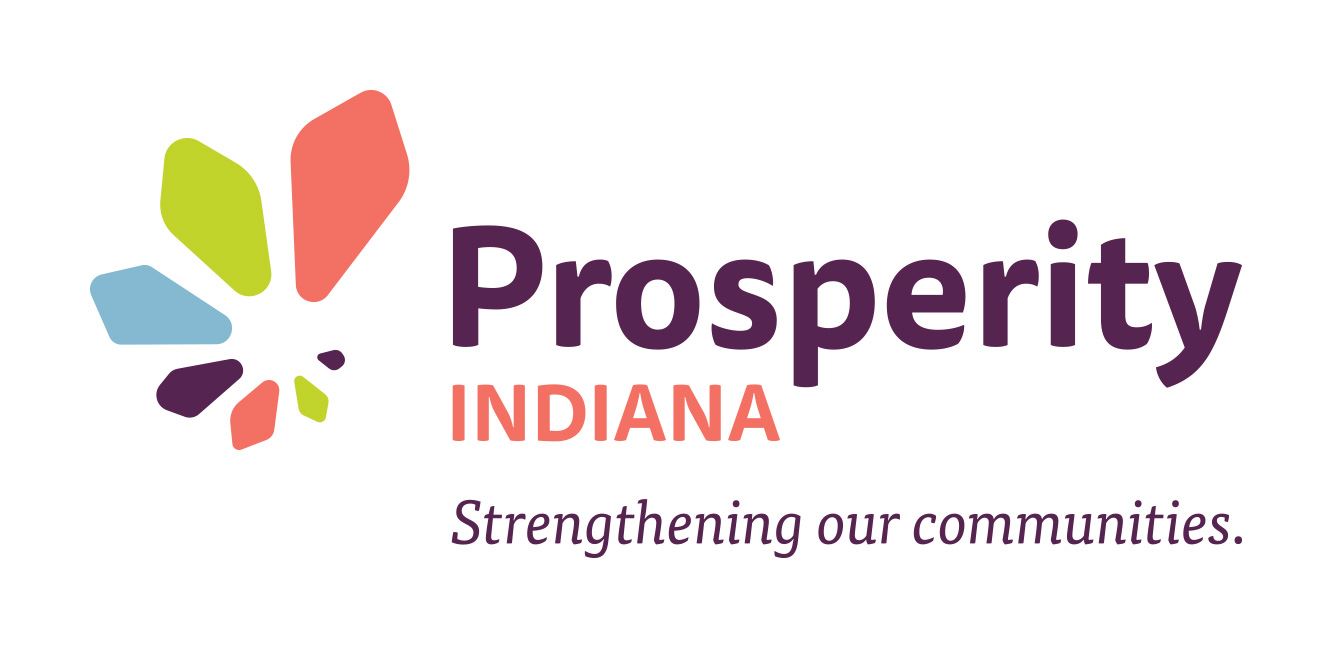A recent webinar hosted by the Asset Funders Network (AFN) entitled The Health and Wealth Connection: Opportunities for Investment Across the Life Course, explored several variables that when combined, create the social determinants of health. These variables are socioeconomic status, education, physical environment, employment, social support networks, and access to healthcare, which all factor into a community’s overall health. The webinar described this equation simply as “health happens where we live, learn, work, and play.” The webinar was presented by Jason Q. Purnell from the Brown School at Washington University in St. Louis, Anjum Hajat from the Department of Epidemiology School of Public Health at the University of Washington, Padmini Parthasarthy from the California Wellness Foundation, and Colleen Briggs from JPMorgan Chase & Co.

Although health is commonly perceived to be confined within doctors’ offices and hospitals, the social determinants of health indicate that health happens everywhere. In fact, access to healthcare is the last step, and least critical, in determining the overall health of a community. The importance of each social determinant was discussed by Dr. Purnell and began with economic stability, neighborhood and physical environment, education, food, community and social context, and healthcare. In order to achieve optimal health and financial stability throughout a person’s life, service providers must make multifaceted and interconnected interventions to positively affect all the social determinants of health.
For example, although medical treatment for lung cancer exists, it is costly, carries risks itself, and only addresses the social determinant of healthcare access. Instead, it is more effective to prevent lung cancer through efforts to reduce tobacco consumption which addresses several determinants of health including economic stability, education, and community and social context. For example, providing financial counseling can reduce stress related to economic instability which has been linked to poor health behaviors, such as consuming tobacco & alcohol, lack of exercise, and poor diets. Incentivizing higher education through Children’s Savings Accounts can increase overall wealth and income, further mitigating financial stress. Educating the public about the dangers of tobacco consumption can reduce the number of tobacco users. Finally, having strong community support systems, including support groups that assist individuals with addictions, can decrease overall tobacco consumption.

Unfortunately, there is a widening wealth gap among Americans, a trend exacerbated among Americans of color. If the wealth of the average black family continues to grow at its current rate, it will take 228 years to accumulate the wealth the average white family enjoys today. For Latino families, it will take 84 years. As there is mounting evidence that financial health and physical health are linked, this growing wealth gap correlates into a similarly growing health gap. As the wealth and health connections has an intergenerational relationship, it is important that service providers emphasize and adopt multifaceted and interconnected interventions now in order to best serve America’s minority and impoverished communities for generations to come. Coordinated interventions aiming to improve economic, local neighborhood, educational, food accessibility, community support, and healthcare outcomes must occur without disenfranchising or ignoring popular demographics including minority, female, youth, ex-offenders, and others. These interventions include physical services such as workforce development and financial counseling, but also include policy positions like supporting stronger predatory lending regulations and the Affordable Care Act.




To learn more about the health and wealth connection, please view AFN’s recently released brief on the topic here or view a recording of the webinar here.

